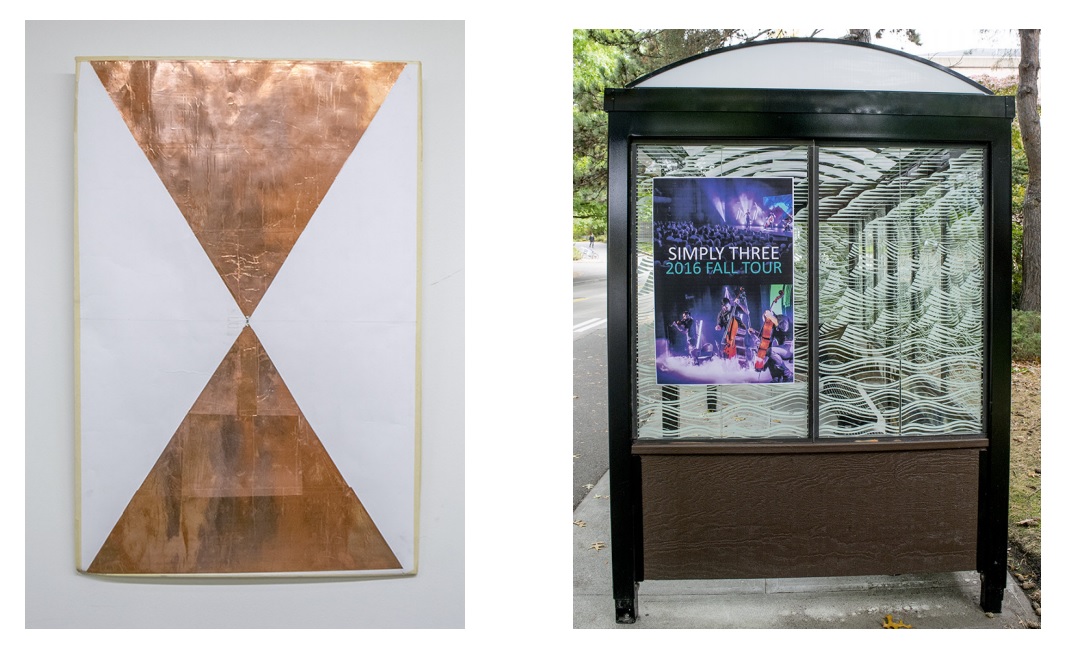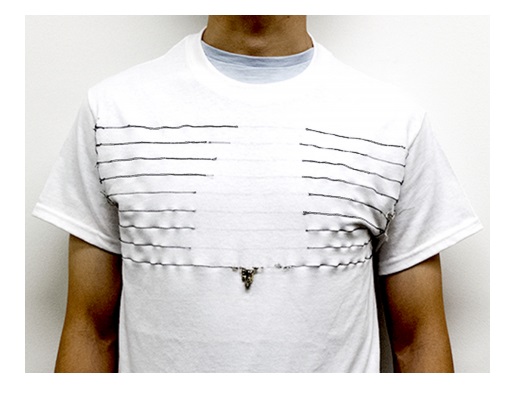Scientists have developed technology that turns everyday objects into FM radio stations
Imagine that you are sitting and waiting for someone in the car, and a billboard of a concert of a famous band rushed to your eyes. What if you could just set up a radio station in a car in such a way as to familiarize yourself with the work of this group? Or you, walking down the street, see a poster at the bus stop. What if he could send a link to buy tickets at your discount on your smartphone or give a certificate about the venue of the event?
New technology, developed by engineers at Washington University , embodies the idea of smart posters into reality, allowing them to "communicate" directly with a smartphone or radio in a car. This is possible due to backscattering - a physical phenomenon in which waves and signals are reflected in the opposite direction, that is, towards the source. This technology has found wide application in medicine, astronomy and photographic art.
The backscattering system developed by scientists uses low-power external radio signals to broadcast messages from nearby objects to a smartphone. Information is sent by reflecting FM radio signals from the environment, which results in minimal power consumption.
')
The structure of the FM radio signals allows you to superimpose the original signal on the backscatter signal, which actually leads to an additional change in frequency. This change can be decoded as an audio signal on ordinary FM receivers embedded in cars or smartphones. If the technology is developed accordingly, in the future it can be successfully used not only for annoying advertising, surveillance and targeting, but also for more useful things.
The technology receives signals from city radio towers, and a smart poster or T-shirt uses a low-power reflector to control the signal in such a way that it encodes the desired sound or data on the upper FM broadcast bands and sends a “message” to the free frequency of the FM receiver of the smartphone.
“Our system does not create interference on already occupied FM frequencies - we send our messages to neighboring ones that nobody uses. So we will not disrupt the transfer of news or your favorite music, ”said Joshua Smith, assistant professor of computer science, engineering and electrical engineering at the University of Washington.
A team of scientists offers three ways to transmit sound signals using the backscatter method: overlaying new data on top of existing signals, using unused stereo broadcast frequencies, or using a connection between two smartphones to decode a message.
In addition to posters, the technology can be used to produce smart clothing that would transmit data about the state of the body to a mobile device. Billboards at bus stops can send digital content about local attractions, road signs - broadcast the name of the intersection or report the moment at which it is safe to cross the street.
During testing, the researchers managed to use backscattering techniques to create a “singing poster”, which broadcast the music of the Simply Three group for smartphones at a distance of up to 4 meters, and for radio receivers in cars within a radius of 18 meters. Then the scientists tried to repeat the same thing, but with clothes. The test showed that if you use conductive threads in a cotton T-shirt, the surrounding radio signals will transmit information to the smartphone at a speed of 3.2 kilobits / sec.

Poster with antenna

Smart T-Shirt Prototype
In both demonstrations, the total power consumption of the backscattering system was 11µW. Thus, in the future it is possible to provide power to small lithium or solar batteries.
In the future, this low-power technology can be used, for example, for the Internet of Things or in the production of sportswear from smart fabrics for with monitoring and biometric data sensors, which will transmit data to a mobile device.
However, not everyone will be able to use such devices. For example, the residents of Norway will not be able to try on a smart T-shirt - in this country they abandoned FM broadcasting in 2017. Norway began the transition to digital broadcasting in 1995, and 22 years later, DAB-radio fully took the place of FM.
Source: https://habr.com/ru/post/402121/
All Articles